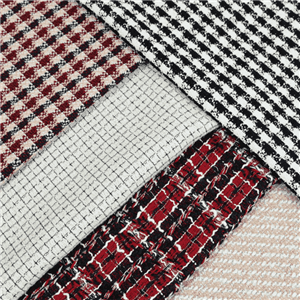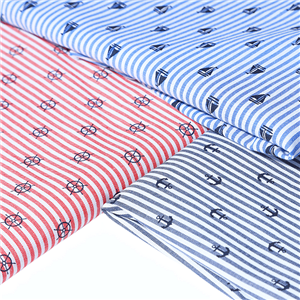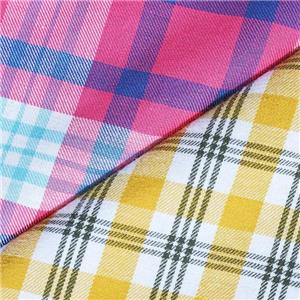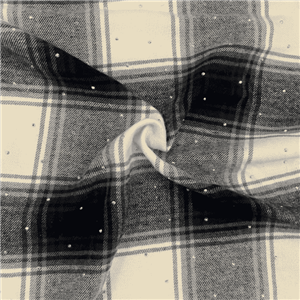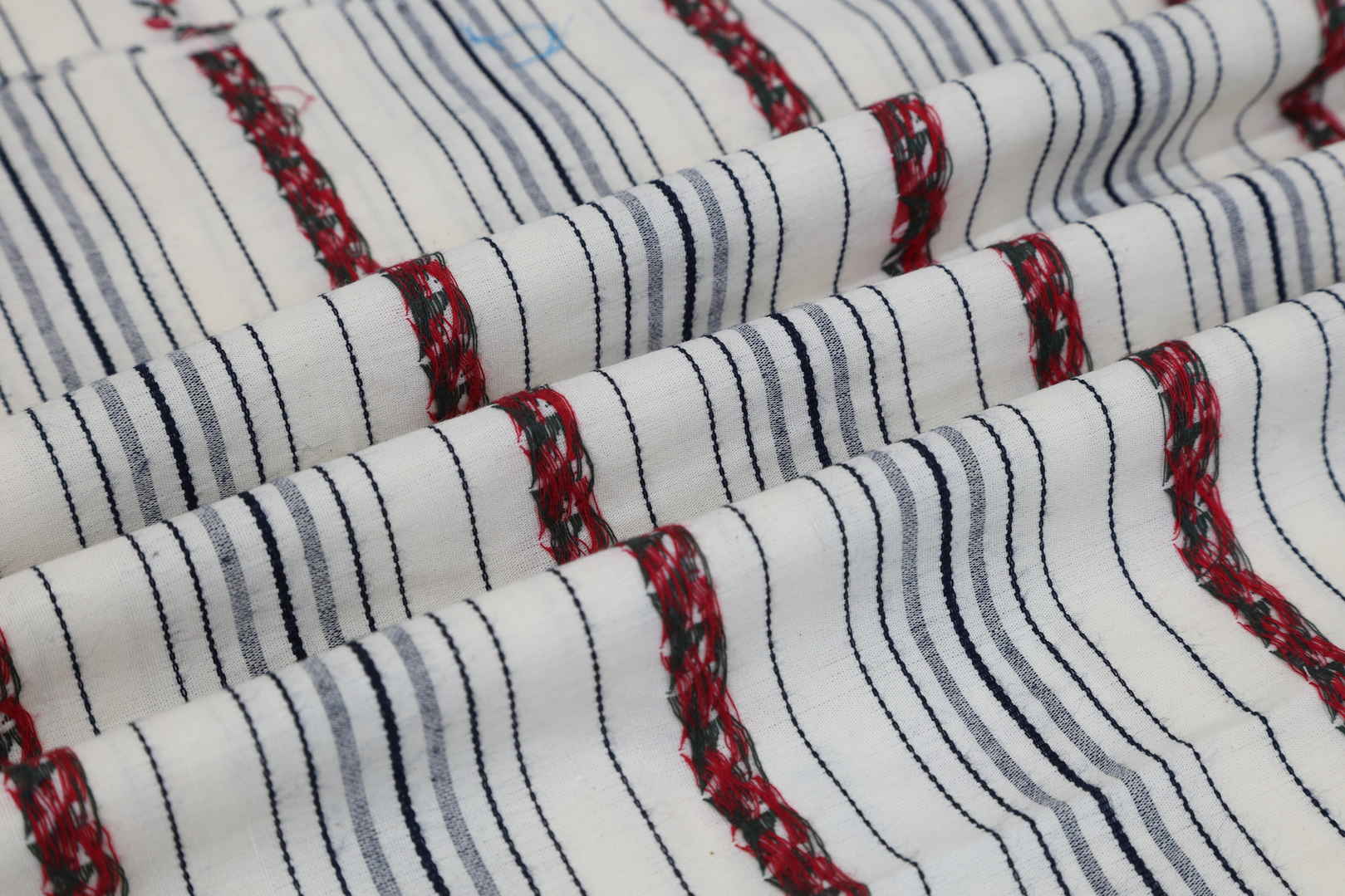The Difference Between Woven and Knitted Fabrics
Understanding the fundamental differences between woven and knitted fabrics is essential for manufacturers, designers, and consumers looking to choose the right material for their applications. Both types of fabric have unique characteristics that influence their durability, flexibility, and usage. This article explores the key distinctions between woven and knitted textiles, providing insights into their manufacturing processes, properties, and applications.
1. Manufacturing Process
Woven Fabrics:
Woven fabrics are created by interlacing two sets of yarns—warp (longitudinal) and weft (horizontal)—at right angles to each other. This structured weaving process produces a stable and durable textile with minimal stretch. The most common weaving methods include:
· Plain weave – A simple crisscross pattern providing strength and smoothness.
· Twill weave – Identified by diagonal ribbing, adding durability and flexibility.
· Satin weave – Featuring a glossy surface with a luxurious drape.
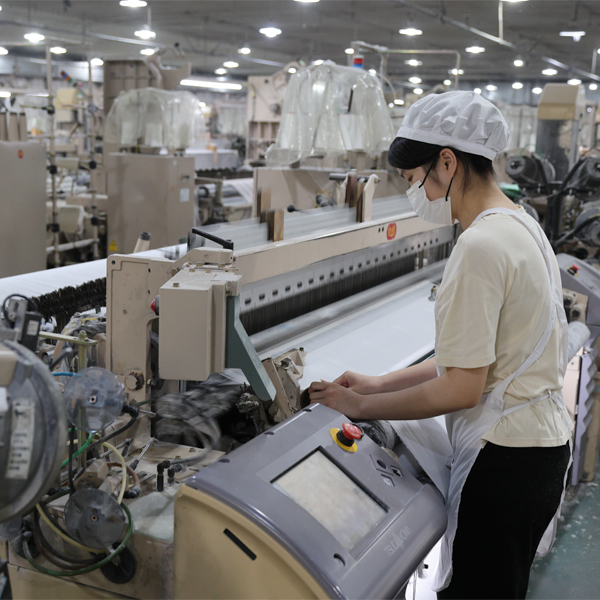
Knitted Fabrics:
Knitted fabrics, on the other hand, are produced by looping a single yarn continuously to create interlocking stitches. This process gives knitted fabrics their high elasticity and stretchability. There are two main types of knitting techniques:
· Warp knitting – Provides more structure and is commonly used in sportswear and lingerie.
· Weft knitting – Creates softer, more flexible fabrics ideal for t-shirts and sweaters.
2. Texture and Flexibility
Woven Fabrics:
· Less stretch due to tight interlacing.
· Typically firmer and holds shape well.
· Can be lightweight or heavy, depending on the fiber and weave type.
Knitted Fabrics:
· Highly stretchable and flexible.
· Softer texture, providing comfort and ease of movement.
· More prone to snagging and pilling compared to woven fabrics.
3. Durability and Strength
Woven Fabrics:
· Generally stronger and more resistant to tearing.
· Ideal for structured garments and upholstery.
· Less likely to shrink or distort over time.
Knitted Fabrics:
· More prone to stretching and losing shape over time.
· Can be reinforced with synthetic fibers for added durability.
· Better suited for activewear and casual clothing due to flexibility.
4. Applications in Fashion and Industry
Woven Fabric Uses:
Woven textiles are widely used in formal wear, uniforms, upholstery, and home textiles. Some popular woven applications include:
· Shirts and trousers – Require a structured fit.
· Blazers and suits – Hold shape well and provide a polished appearance.
· Denim and canvas – Heavy-duty fabrics for durable wear.
Knitted Fabric Uses:
Knitted fabrics dominate the casual and sportswear markets due to their comfort and stretchability. Common applications include:
· T-shirts and sweaters – Soft and breathable.
· Athletic wear and leggings – High elasticity supports movement.
· Undergarments and socks – Flexible and form-fitting.
5. Maintenance and Care
Woven Fabrics:
· Generally more resistant to wrinkles.
· Requires ironing to maintain crispness.
· Less likely to stretch or shrink with washing.
Knitted Fabrics:
· More prone to wrinkling and distortion.
· Requires careful washing to maintain shape.
· Best air-dried to prevent shrinking.
Conclusion: Choosing the Right Fabric
When selecting between woven and knitted fabrics, it's crucial to consider the specific needs of the project. Woven fabrics provide durability and structure, making them suitable for tailored clothing and home textiles, while knitted fabrics offer flexibility and comfort, ideal for casual and activewear.
At Honry Fabric, we specialize in high-quality yarn-dyed woven textiles, catering to major brands such as ZARA, Walmart, COSTCO, and PRIMARK. Our expertise in fabric production ensures that we deliver top-tier woven fabrics designed for various applications. Contact us today to explore our premium fabric collections tailored to meet your needs!

